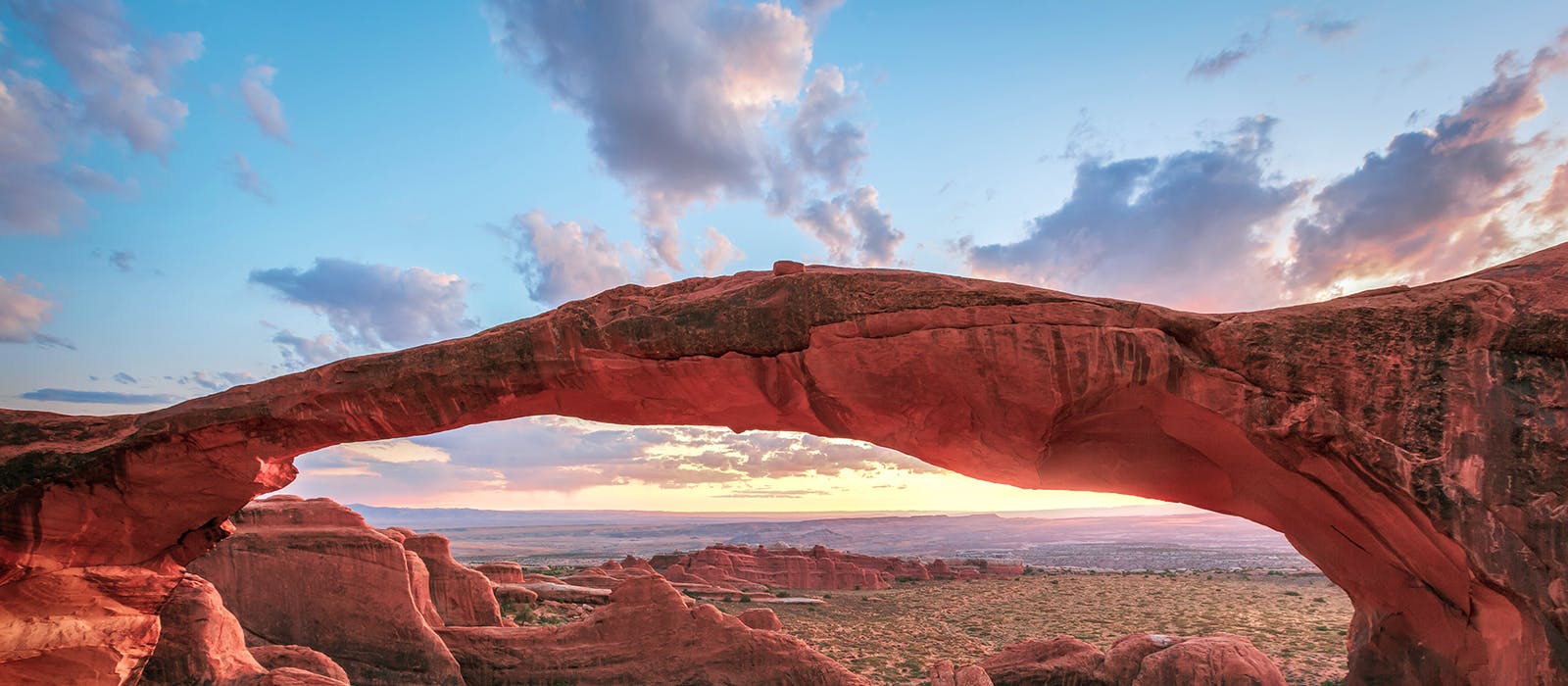Blog Post
Insight: Utah Is Positioned Well for Summer Travel Amid COVID-19
By: Jennifer Leaver
Note: The opinions expressed are those of the author alone and do not reflect an institutional position of the Gardner Institute. We hope the opinions shared contribute to the marketplace of ideas and help people as they formulate their own INFORMED DECISIONS™.
Jun 11, 2020 – Since mid-March, the travel and tourism industry has been on a wild ride. Stay-at-home orders amid the COVID-19 outbreak have taken a huge toll on the airline industry and other transportation-related businesses. Restaurants and bars have been forced to close or temporarily suspend their dine-in options, while hotels and short-term rentals have experienced mass reservation cancellations. In April, jobs in Utah’s leisure and hospitality sector had decreased 43.6% from the previous year and 46.1% from the previous month.
With the arrival of June and an improved understanding of COVID-19 transmission, summer travel forecasts are more optimistic. Travel forecasters anticipate that this summer we’ll see a greater emphasis on domestic travel (vs. international), driving (vs. flying), leisure (vs. business), and short-term rental bookings (vs. hotels). They also expect travelers to pursue outdoor activities away from urban areas in the name of social distancing. This is good news for Utah’s summer travel industry, which typically attracts domestic auto leisure travelers in search of outdoor recreation.
I find the anticipated short-term rental market rebound interesting, and perhaps an indication that people are ready to travel again—but prefer to stay in safe and separate spaces. A recent AirDNA report examined the status of American vacation rentals pre-COVID through the end of 2020. When viewed visually, February through May bookings form a “V” pattern. Essentially, rental bookings took a dive in early March, hit a low in early April, and returned to February levels by late May. In their report, AirDNA also examined “future pacing,” or revenue amounts currently on the books from May 31st to November 15th. This year-over-year data shows that although revenues are only about 65%–73% of 2019 revenues for the upcoming summer months, they catch up in late August and are almost completely back to 2019 levels by fall.
In March 2020, there were 30,581 short-term rental listings in the state of Utah with 20,463 (67%) of these located outside of the Wasatch Front. Of these rural listings, 11,258 (55%) were listed as “entire home/apt”—something that may be important to visitors who want to socially distance and avoid shared spaces. In addition, Utah’s five national parks and 44 state parks are currently open, with some restrictions. While it’s true that Utah’s national parks may lose a good portion of their international visitation this summer, which is about a quarter of all summer visitors, there is a chance that domestic visitors will fill those gaps as more Americans embark on road trips closer to home.
So, even though things “in the time of COVID” are changing on a daily basis, I strongly believe that Americans are ready to get out of their homes and into the open air for some socially distanced fun. I guess only time will tell.…
Jennifer Leaver is the senior tourism industry analyst at the Kem C. Gardner Policy Institute.






